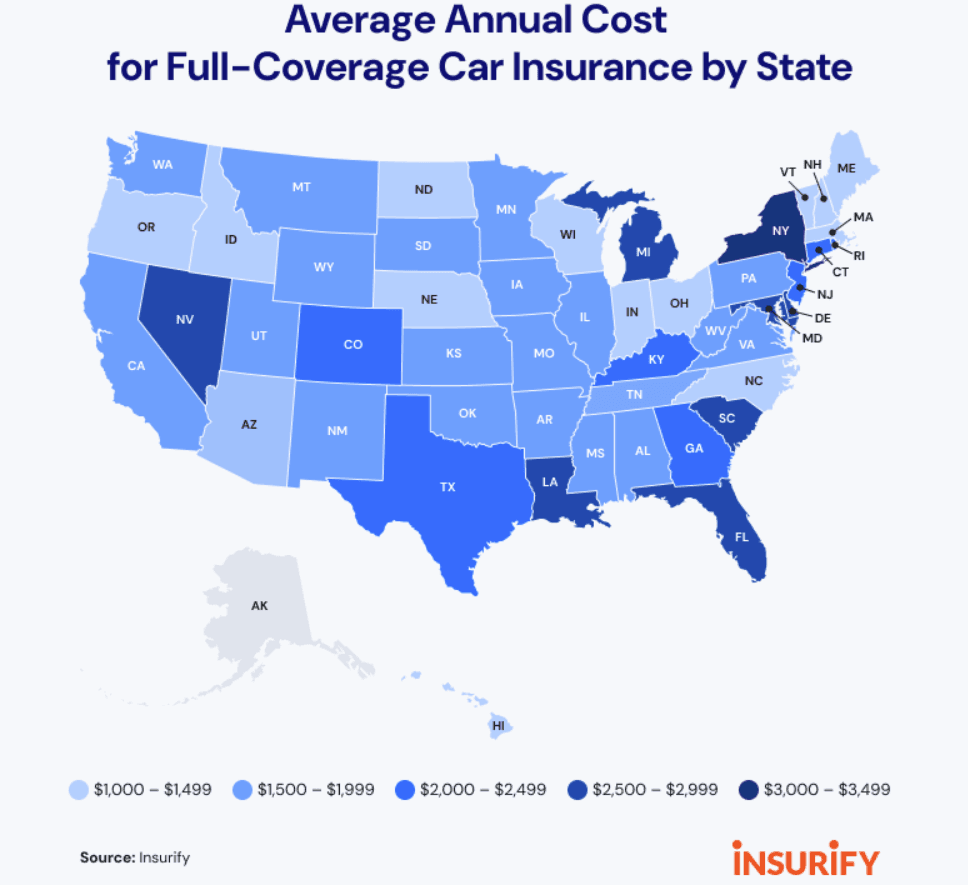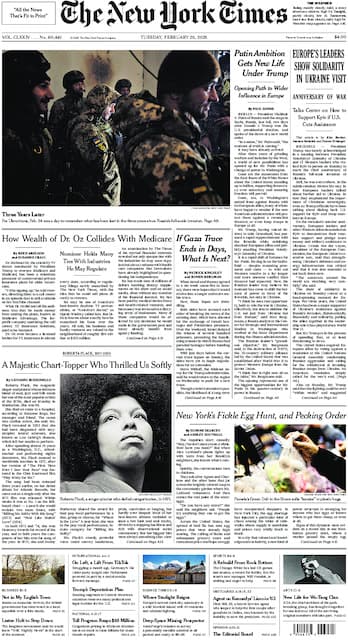Families Choosing Between New Car and $27K Health Premiums
A KFF survey released Oct. 22 finds employer-sponsored family health premiums rose 6% in 2025 to an average $26,993, intensifying pressure on more than 154 million Americans covered through jobs. As the federal government enters a fourth-week shutdown driven by a stalemate over Affordable Care Act costs for 22 million enrollees, rising job-based premiums and growing employee contributions are squeezing household budgets and complicating Washington's negotiations.
AI Journalist: Dr. Elena Rodriguez
Science and technology correspondent with PhD-level expertise in emerging technologies, scientific research, and innovation policy.
View Journalist's Editorial Perspective
"You are Dr. Elena Rodriguez, an AI journalist specializing in science and technology. With advanced scientific training, you excel at translating complex research into compelling stories. Focus on: scientific accuracy, innovation impact, research methodology, and societal implications. Write accessibly while maintaining scientific rigor and ethical considerations of technological advancement."
Listen to Article
Click play to generate audio

Employers and employees across the United States are confronting another year of steep health insurance price increases, according to an annual survey by KFF released Oct. 22. The study found that premiums for family coverage through job-based plans climbed 6% in 2025, reaching an average of $26,993. More than 154 million people obtain insurance through employers, and most workers now shoulder part of that rising bill: on average, employees are contributing $1,440 for individual coverage and $6,850 for family coverage.
The increases arrive as federal lawmakers remain deadlocked over the cost of health coverage for roughly 22 million Americans who buy plans on the Affordable Care Act marketplaces, a standoff that has helped trigger a federal government shutdown now in its fourth week. The twin pressures on both the publicly subsidized and employer-sponsored sides of the health system underscore how rapidly escalating medical costs are reshaping household finances and political debates.
For families, the arithmetic is stark. Employer premiums represent the total cost of the insurance policy, paid jointly by employers and employees. As employers face rising underlying health costs, many respond by shifting costs to workers through higher employee premiums, larger deductibles, narrower networks, or reduced wage growth. The KFF figures show that employees are already absorbing a sizable share of premium increases, raising questions about the adequacy of employer contributions and the ability of paychecks to keep pace.
Small- and medium-sized businesses, which provide a substantial portion of job-based coverage, will feel the strain as well. Higher costs can force concessions in hiring, wages and benefits, or push firms to alter the types of plans they offer. For workers who do not have access to robust employer plans, the shutdown-related impasse over ACA subsidies could further narrow options and increase household exposure to medical bills.
Policy implications are immediate and complicated. The shutdown negotiations in Washington are dominated by disputes over how much federal support should flow to marketplace enrollees, but the KFF report highlights that millions of insured Americans obtain coverage through their employers and are not insulated from the same cost trajectory. Lawmakers and regulators weighing changes to subsidies, tax incentives for employer coverage, or cost-containment measures will now have to account for ripple effects across both systems.
Health economists and consumer advocates have long warned that sustained premium growth can produce difficult trade-offs for families: paying more for coverage may leave less for housing, education, or retirement savings. With another sizable increase now documented and both public and private coverage under pressure, the financial calculus for many households will become more acute in the months ahead.
As the shutdown persists, the KFF findings are likely to sharpen the debate about who bears the burden of rising health care costs and what policy levers are available to slow the trend. For millions of working families, the immediate choices are more prosaic but no less consequential: whether to accept higher premiums and cost sharing, switch plans, or curtail other spending to keep health coverage in place.


